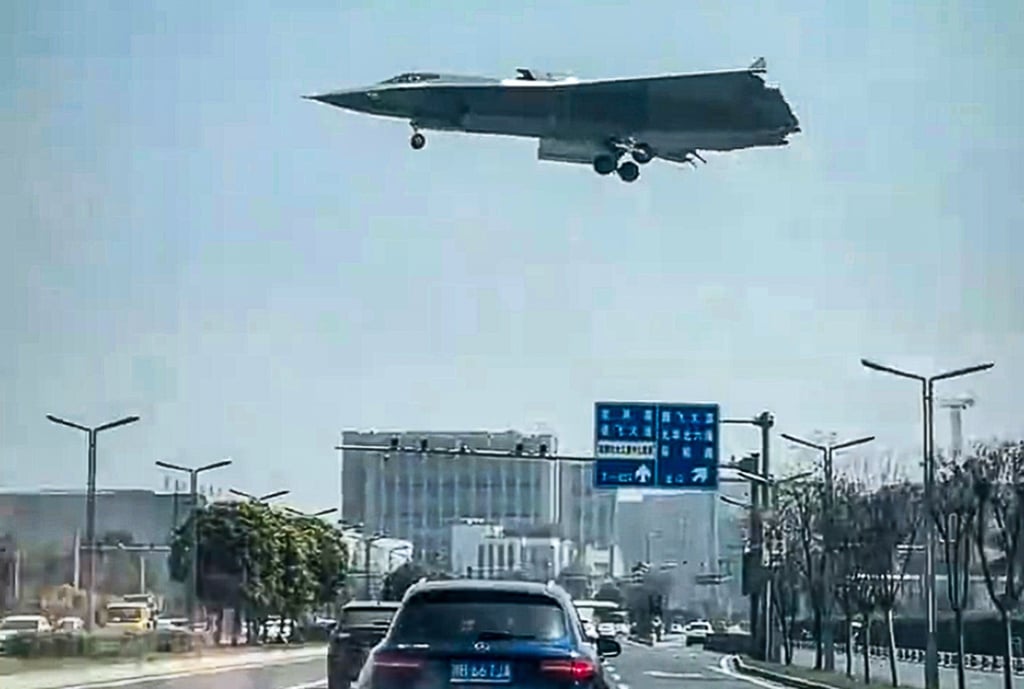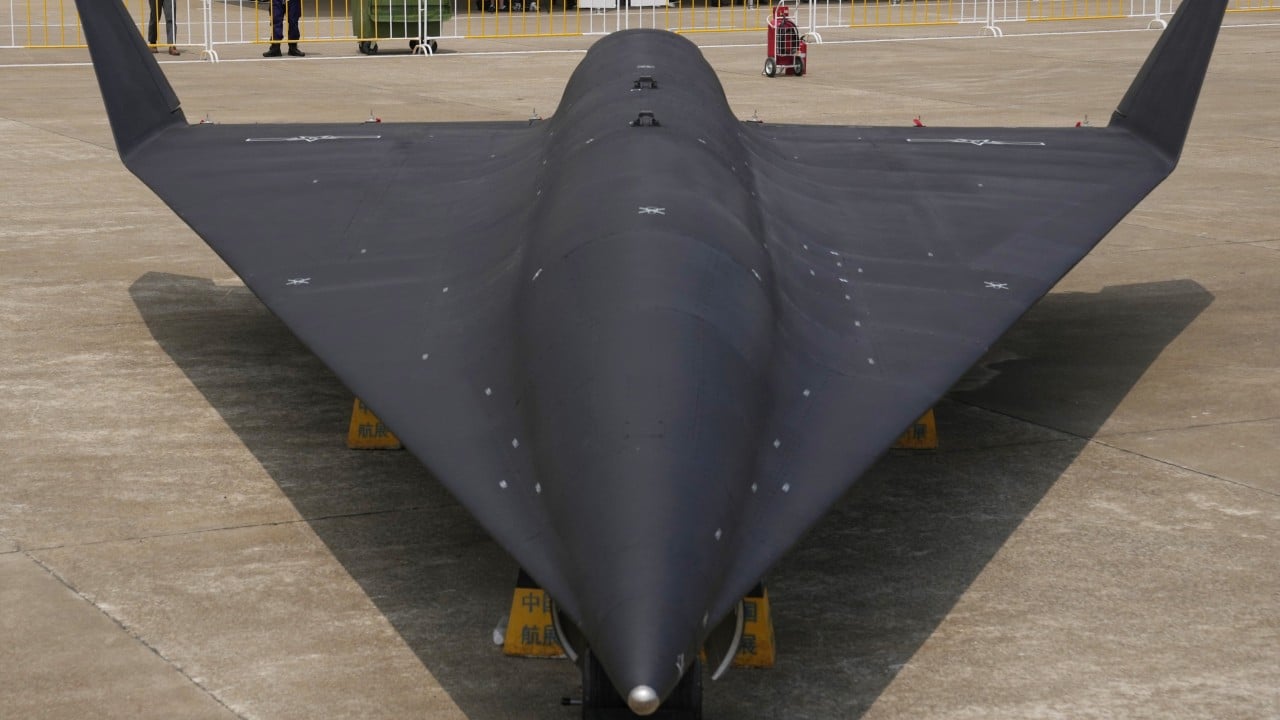Wind tunnel tests conducted by Chinese scientists have shown significant advances in plasma excitation technology that can significantly enhance the aerodynamic performance of high-altitude drones, enabling them to fly a lot longer than before.
Advertisement
The study found that plasma generated by high-voltage currents could boost an aircraft wing’s lift-to-drag ratio by nearly 88 per cent – a critical metric where higher values indicate superior flight efficiency.
“This technology holds potential for extending the endurance of high-altitude, long-endurance (HALE) drones,” wrote a research team led by Zhang Xin, a senior scientist with the State Key Laboratory of Aerodynamics under the China Aerodynamics Research and Development Centre (CARDC).
Based in Mianyang in Sichuan province, CARDC operates some of the world’s largest and most advanced wind tunnels – a facility crucial for simulating flight conditions. The team’s April paper was published in the Chinese Journal of Theoretical and Applied Mechanics, China’s top aerodynamics journal.
While cutting-edge military drones like the US RQ-4 Global Hawk and China’s CH-9 can already loiter at altitudes above 10,000 metres (32,800 feet) for 40 hours, aerodynamics experts believe these machines can fly even longer.

Slower speeds can lead to longer endurance, but thinning air at extreme altitudes severely degrades efficiency.
Advertisement

